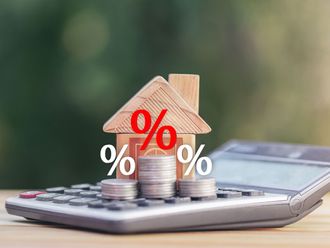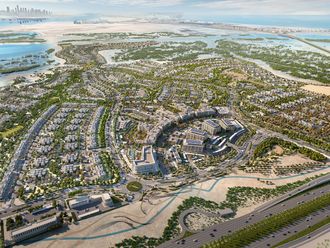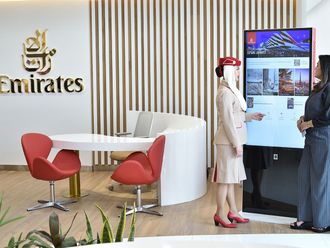Dubai: Property sales values and rents in Dubai may have posted a general decline in the first half of 2015, but a few select areas have actually become more expensive.
For one, rents in areas that cater to the average-income tenants, including Dubai Silicon Oasis and Sports City, have increased by as much as 13 per cent.
Overall, however, house prices registered a five per cent and ten per cent decline, on average, while residential rents posted a five per cent to six per cent year-on-year drop, according to a new report.
Analysts, maintained that the overall decline is most prominent in the luxury segment, adding that the property market is still going through a “much-needed easing” and “no drastic outcome” is likely to happen in the near future.
“The Dubai market has indeed seen growth slowing down, but the size of the market is constantly increasing, thanks to the continued trust of investors in its ability to bounce back and its rising status as one of the most important business and leisure hubs east of Africa,” said a report released on Thursday by property portal Bayut.com.
“The concerns regarding the property market slowdown have somewhat been –to put them squarely – exaggerated and inflated. We have maintained for some time now that the market is undergoing a much-needed easing that would help it paddle away from troubled speculative waters.”
Property consultant Asteco reported on Wednesday that apartment rental rates in the second half of the year were two per cent lower than a year ago, while villa rental rates were five per cent lower, on average, during the same period.
The most significant quarter-on-quarter rental declines were recorded on Shaikh Zayed Road (7 per cent), Palm Jumeirah ( 6 per cent) and Jumeirah Beach Residence (7 per cent).
However, a few mid-market residential areas, including IMPZ, Dubai Sports City and Dubai Silicon Oasis posted increases of between 6 per cent and 13 per cent compared with 2014. This is partly due to rising occupancy levels in those areas.
Bayut.com argued that rental returns in Dubai remain strong, with certain areas registering increases in values. “Overall, Dubai’s rental returns remain one of the best in the world [around 5 per cent to 7 per cent] and offer enough impetus to an investor class to continue its endeavor in Dubai.”
The overall slowdown has been attributed to a number of factors, such as the strengthening of the US dollar, oil price crunch affecting foreign investors, issues in the Eurozone and dreary forecast for the global economy by the International Monetary Fund, among others.
“All of these in no way point to a fault within Dubai’s structure itself. But the strongest factor that remains in play is that the market is adjusting to shed off the excessive weight of prices it put on as the values rose over the past few years,” the report said.
Rents and sales prices in Dubai improved in mid-2012 and 2013 and peaked in the second half of 2014. “Since then, however, the market experienced a period of stabilization, with declines observed in the last six months,” Asteco noted.











